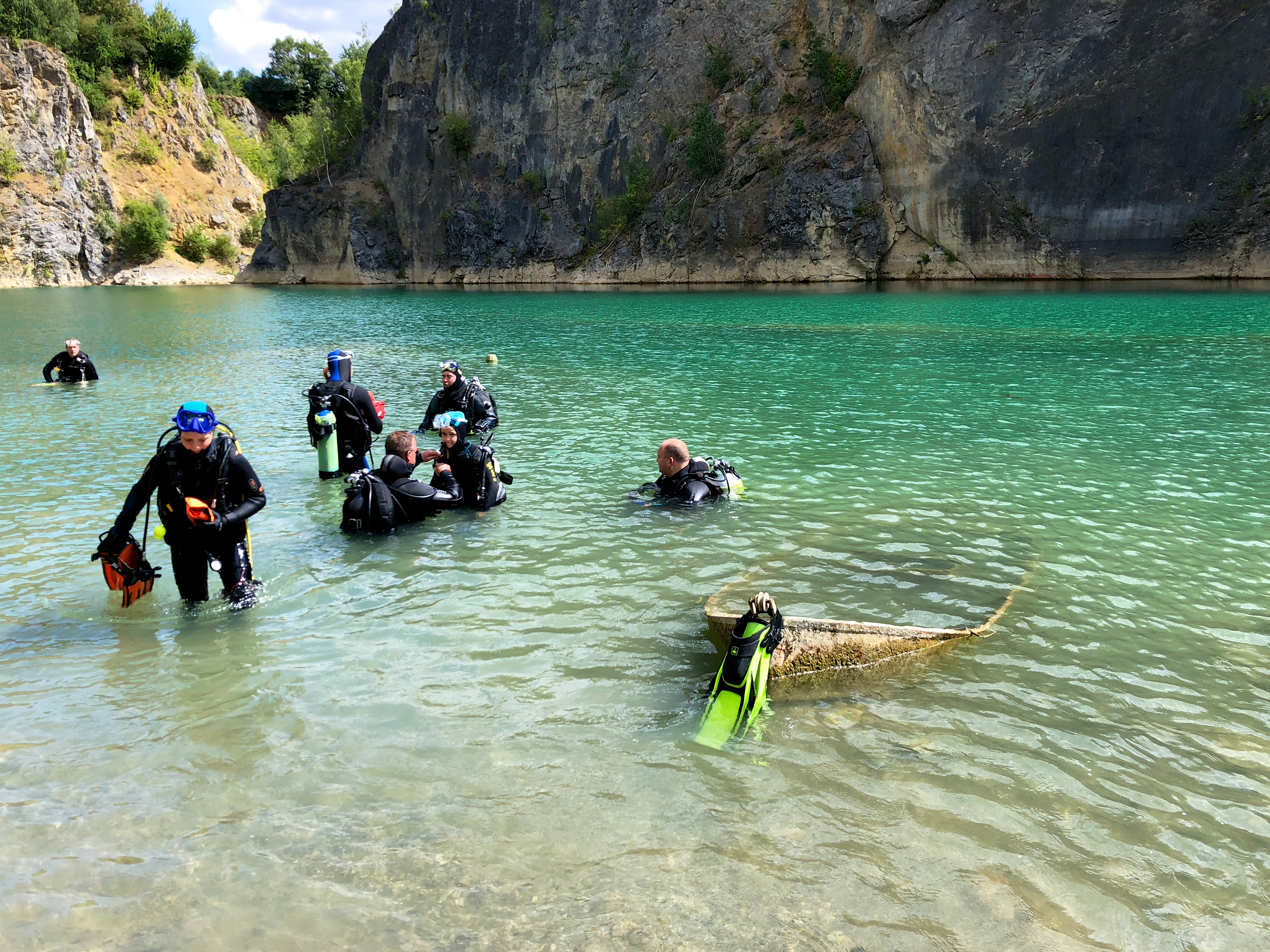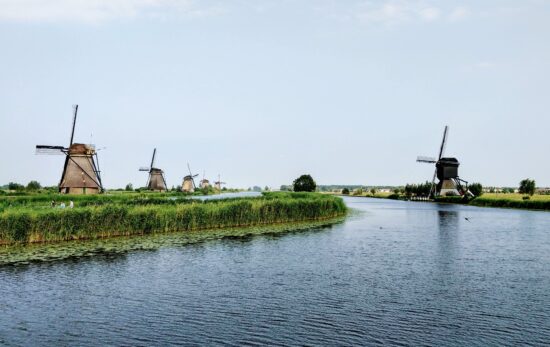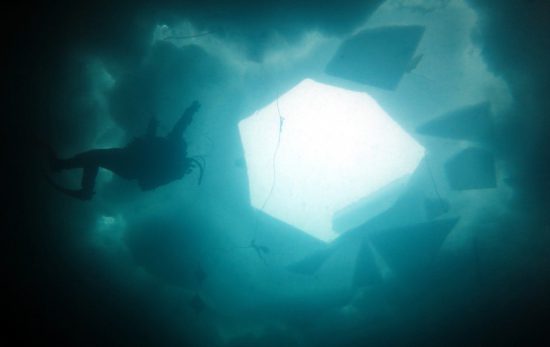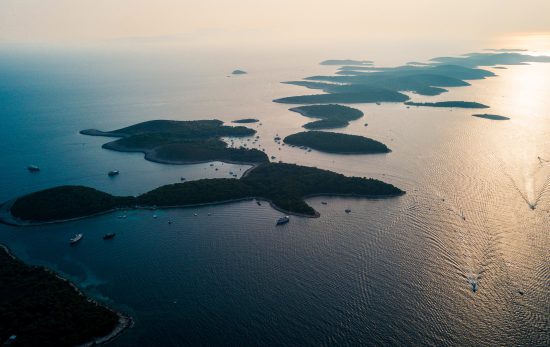Belgium may be a small country, but its diving opportunities are anything but modest. The country offers several quarries turned dive sites that provide a safe and controlled environment for divers of all levels. There are also some very popular lakes which offer great diving opportunities. Interestingly, sea dives are not very common in Belgium, and divers travel more to the neighboring Netherlands for their saltwater adventures.
La Gombe
Located close to Liege, La Gombe is a picturesque limestone quarry that attracts divers from all over. Its crystal-clear waters and stunning rock formations create a captivating underwater environment. Visibility is usually very good around 10-12m (33-39 feet), and the quarry is 30m (100 feet) deep. Divers can navigate through submerged trees and explore an old fighter jet, sunken boats and a tank. La Gombe has plenty of fish as well, including pike, carp, sturgeon and roach.
Carrière de Rochefontaine
The Carrière de Rochefontaine is an old red marble quarry that stopped working in the 1980s and has since become a popular diving spot for both beginners and experienced divers. This quarry has many plateaus on different depths, going all the way to 52m (171 feet), boasting impressive underwater structures, walls and submerged vehicles. Objects to explore at Carrière de Rochefontaine include a derrick, old mining tools, boats and even a fighter jet. Divers can experience the vibrant aquatic ecosystem, spotting fish species, like perch, pike, carp and crayfish.
Vodelée
Another beautiful quarry is Vodelée, close to the French border, which was used to extract red and grey marble back in the day. This dive site is suitable for all levels and lends itself, just like Carrière de Rochefontaine, for deep diving as it has a depth of 40m (130 feet). The steep quarry walls are covered in colorful marine life, like sponges, anemones and fish such as eel, zander, sturgeon, carp and pike. Sunken objects include a submarine, a wreck and a tank. There is a jetty which makes entering and exiting the water very easy. Visibility is usually good and around 10m (33 feet) and water temperatures vary between 10-20 degrees Celsius (50-68 degrees Fahrenheit), depending on the time of year. Therefore, the PADI Dry Suit Diver might be a good idea.

Put van Ekeren
Put van Ekeren is a beautiful freshwater lake in Antwerp and a very popular dive destination for all levels. The best time to explore the underwater world here is in August and September with its stunning flora that has beautifully overgrown the lake. This 20m (66-foot) deep lake is full of life, especially in summer. Perch, carp, small loach, eels, pike, cray fish, mussels, and shells all call this their home. Dive past the clay walls that are covered in seashells at a depth between 6 and 9m (20 and 30 feet). The water here is usually very clear and offers visibility of up to 10m (33 feet).
L’Eau d’Heure Lakes
The L’Eau d’Heure Lakes, situated in the southern part of Belgium, are a collection of five artificial lakes, forming the largest lake area in Belgium and a haven for scuba diving. These lakes offer good visibility and feature an array of underwater attractions. Divers can immerse themselves in the tranquility of the lakes while observing diverse aquatic life, such as freshwater mussels, trout, eel, pike, perch. This is a perfect family destination, offering lots of other water sport activities.
Belgium’s quarries and lakes offer unique and captivating scuba diving experiences for divers of all levels. From the enchanting La Gombe to the impressive underwater structures of Carrière de Rochefontaine, each quarry presents a different underwater landscape to explore. Whether you are a beginner seeking tranquility or an experienced diver in search of new challenges, diving in these waters will leave you in awe of the hidden beauty that lies beneath the surface. So grab your gear, dive into the depths, and embark on an unforgettable scuba diving adventure in Belgium’s top quarries.
Most dive sites in Belgium require a permit to dive there but also have good facilities, like jetties, filling stations and changing rooms. It is best to speak to your local PADI Dive Center and organize a fun dive or PADI course with them.




